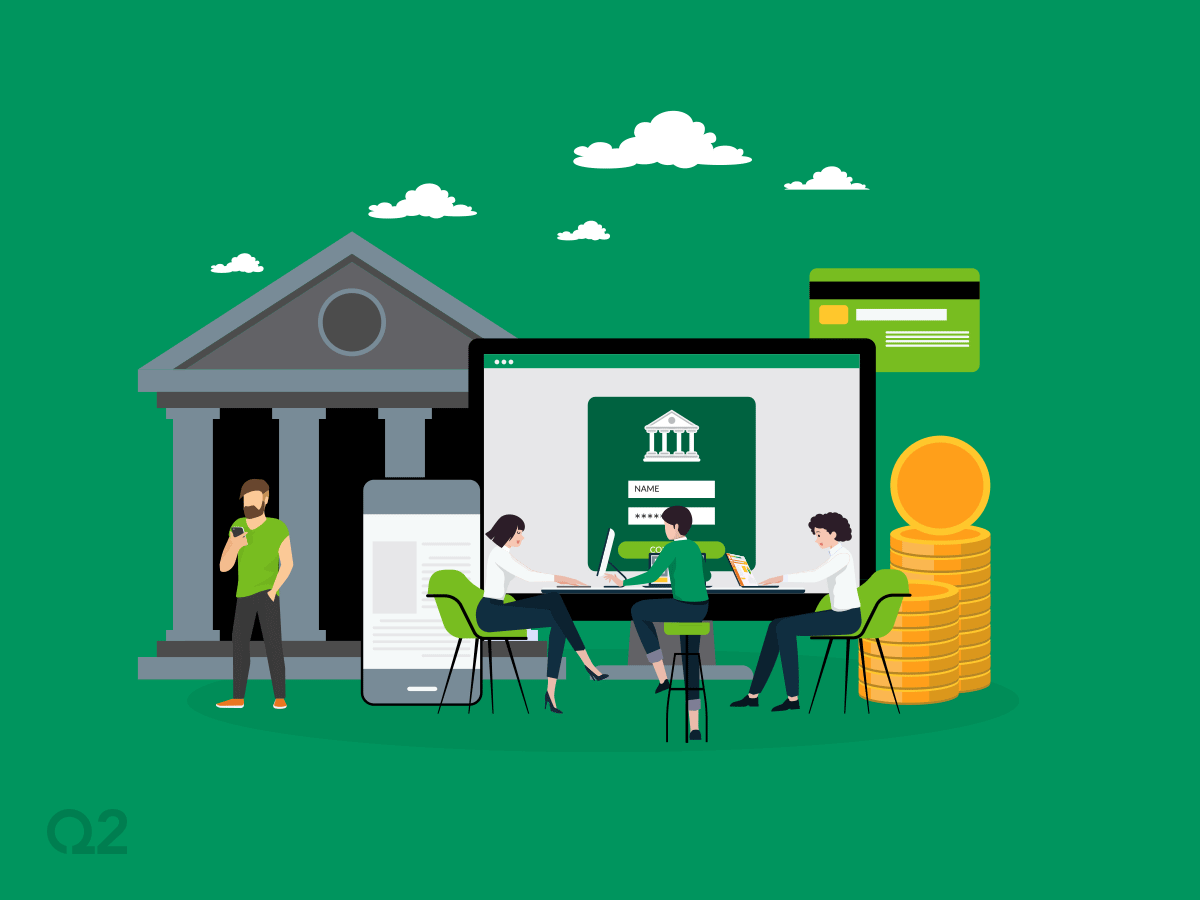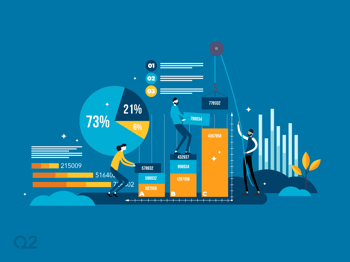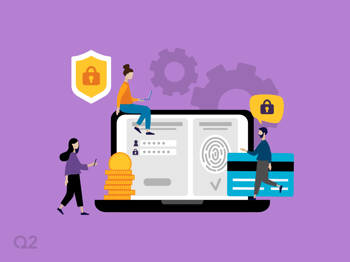In The Omnichannel Challenge, Part 1: Is Everything Enough?, we talked through the herculean labor that true omnichannel banking presents – from developing a strategy to not letting customer experience fall through the cracks of legacy tech and too many touchpoints.
Now, we’re looking at solutions to help FIs create omnichannel experiences. This strategy starts, according to some, by completely trashing the concept of channels. This concept may sound extreme but give it a chance.
Actual experience versus channels
As a concept, the idea of a “channel” has been very useful – especially to technology marketers. As new ways to reach out to customers, account holders, and prospects have emerged, it’s been helpful, even necessary, to have a means for labeling and measuring these points of contact. However, it may be time to retire the idea of the “channel” as the force driving customer contact.
The billion-dollar questions are
- If channel as a concept and term has proven useful, what’s the problem?
- Are we just replacing it with something else?
- Are we just talking about semantics?
It’s complicated but look at it this way. Mobile shopping, online shopping, in-person shopping, even telling Alexa to add paper towels to your cart—it’s all just shopping. And, in the case of the financial services world, it’s all just banking. It’s just a part of life—and it’s been this way for a fair amount of time now. In fact, almost five years ago a Forbes article by Michael Jones summed it up perfectly:
“Online, offline, mobile. E-commerce, m-commerce, brick and mortar. These things are beginning to blur more and more, because, really, only one thing matters: Your customers, and your customers are digital. It doesn’t matter if they’re in your store with phone in hand or browsing on a tablet from their couch. They want one seamless experience, and they don’t care what you call it.”
From one point of view, this is the perfect argument for omnichannel – for bringing everything all together – but it’s not the omni that’s problematic. It’s the channel; there’s a strong case for phasing it out. Because everything has melted together – and will continue to do so because it’s all digital now.
Whatever. Wherever. Whenever.
The question of whether or not you’re able to connect with your customers isn’t really about the layout of your brick-and-mortar lobby, your number of call centers, or the availability of ATMs. It’s about how good and how comprehensive your digital channel is.
The retail world has embraced this everything-is-digital idea (even as they still struggle with the concept of omnichannel). This is true even of retail businesses identified primarily with brick-and-mortar locations. According to Jones, Walgreens is a perfect example. They describe their strategy with the three W’s: “Whatever. Wherever. Whenever.” He quotes David Sturrus, Walgreens’ director of digital and marketing strategy: “Customers don’t see us as e-commerce and store; they see us as Walgreens.” Christopher Walton of Target has publicly had a similar take. Jones describes him urging retailers to stop looking at online and offline sales as different things and “stop with the channel obsession.”
Financial institutions have been a little slower to shift their thinking to a wherever, whatever, and whenever state of mind, but their customers get it. Even before COVID-19, banking customers were logging onto their mobile banking apps 50 to 80 times per one branch visit – and that’s not counting online banking via browsers. Mobile certainly captures the Whenever and Whatever pieces of digital. But digital sales and account opening are still lagging behind this mobile adoption curve – throwing a wrench into the “Whatever” piece of digital for financial institutions. The technology to streamline and increase digital onboarding and sales does exist, though, and FIs hoping to address all three Ws have already adopted it.
Omni-digital or one-channel?
From one perspective, we’re talking all around the idea of omni-digital – having a digital solution good enough to bring all the touchpoints-previously-known-as-channels together into a whole greater than the sum of the parts. But this doesn’t quite make the point that, yes, your account holders connect with you in many ways – but thinking of each as a separate channel isn’t as helpful as it used to be.
At the end of the day, it is up to your digital technology to bring all of it – including your physical branches – together into a unified, cohesive experience. But the channel paradigm ultimately fails for this straightforward reason: online and offline shouldn’t be discrete channels because online and offline customers aren’t discrete customers. They’re the same people, and they want to do the same things – wherever, whatever, and whenever. Serving them how they want to be served isn’t about multi- or omni- anything. It’s about one experience, one channel – digital – providing one exceptional, relevant experience.
Related resource
Read the first entry in this two-part blog series: The Omnichannel Challenge, Part 1: Is Everything Enough?





